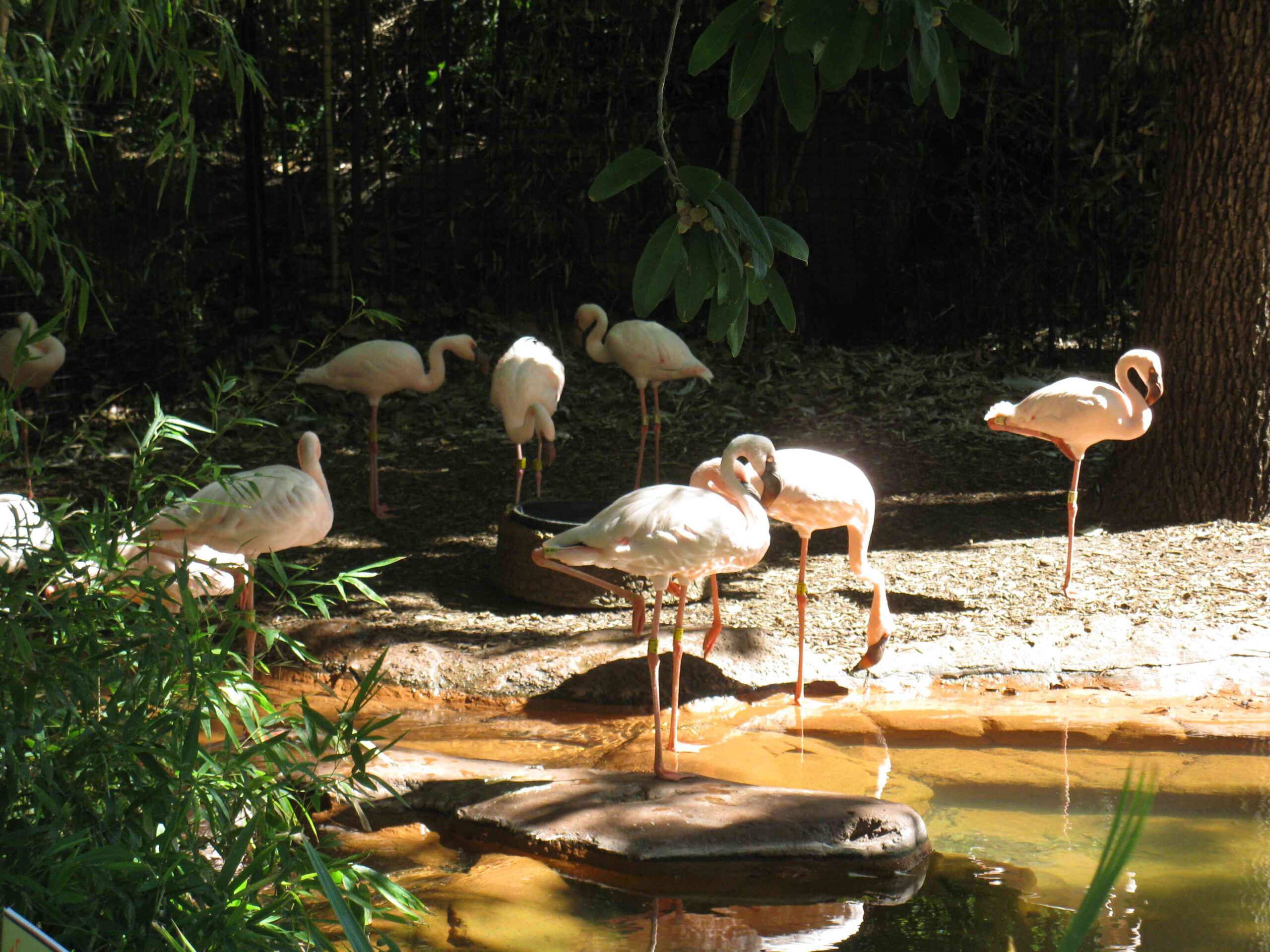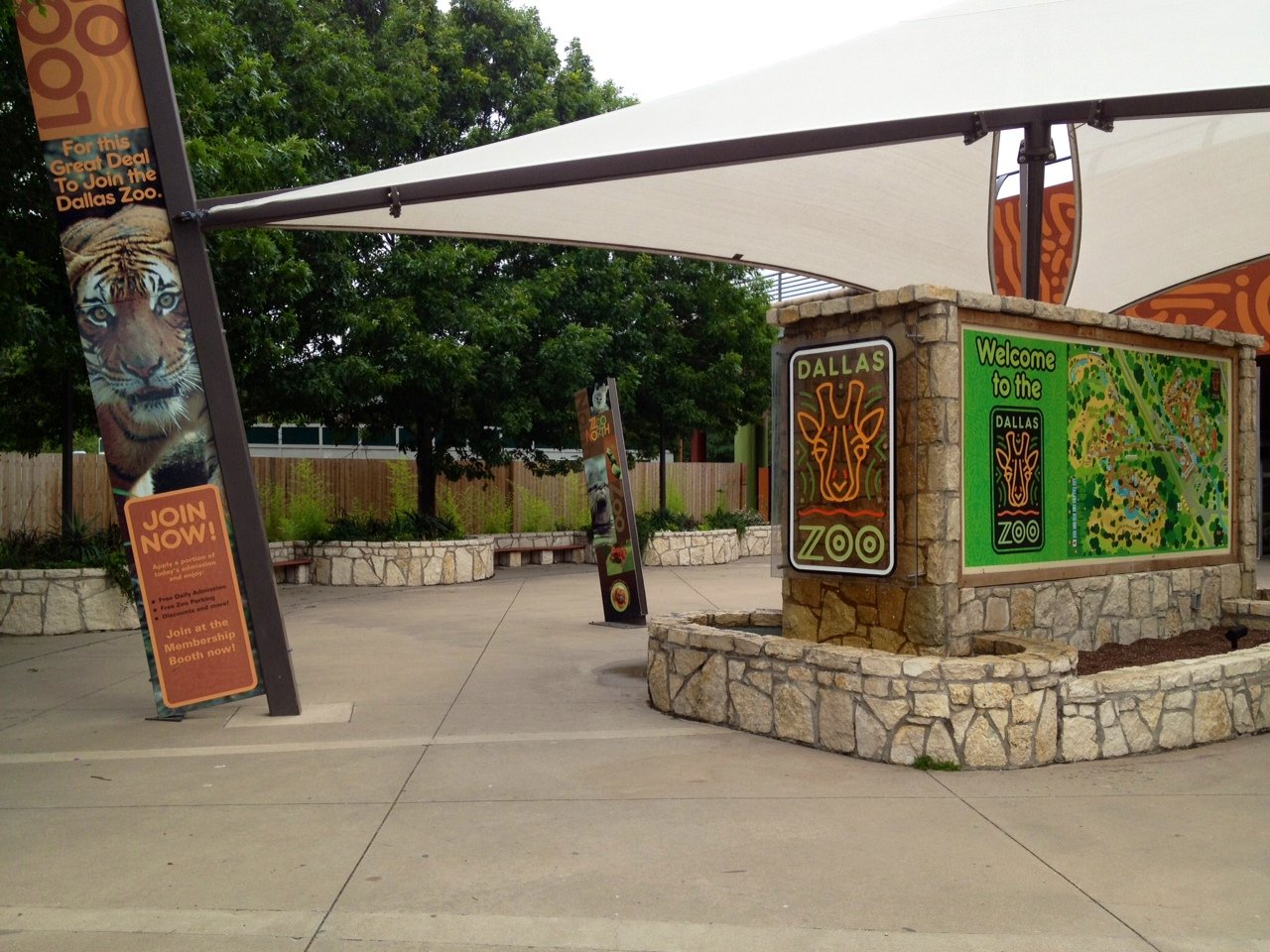The Dallas Zoo’s elephant exhibit showcases remarkable maternal behaviors and protection strategies for baby elephants. From alloparenting to specialized care protocols, the zoo ensures the safety and well-being of its youngest pachyderms. The complex habitat design, measuring approximately 15,000 square meters for the larger yard, provides a nurturing environment that mimics natural conditions. With recent births like Okubili in February 2023, the zoo continues to demonstrate its commitment to elephant conservation and education.
What Are the Key Maternal Behaviors Observed at Dallas Zoo?

At the Dallas Zoo, several maternal and alloparenting behaviors contribute to the protection and nurturing of baby elephants:
- Alloparenting: Other adult females in the herd take on a ‘babysitter’ role, giving new mothers like Mlilo short breaks.
- Herd Support: During births, herd-mates provide support, mirroring wild elephant behavior.
- Matriarchal Care: The oldest female, Jenny, shows significant interest in new calves, seeking them out and displaying gentle behavior.
These behaviors are crucial for the social and emotional development of the calves, ensuring their safety and integration into the herd.
How Does Dallas Zoo Implement Care Protocols for Baby Elephants?

The Dallas Zoo has established comprehensive care protocols for baby elephants:
- 24/7 monitoring of calf behavior
- Vigilance for signs of diseases like EEHV
- Utilization of maternal immunity through nursing
- Daily training sessions for health-related behaviors
These protocols ensure the long-term health and welfare of the calves. Newborns like Okubili begin nursing within hours of birth, which is typical for healthy elephant calves.
What Are the Dimensions and Features of the Elephant Exhibit?
The elephant exhibit at Dallas Zoo is designed to promote natural behaviors and ensure the safety of all elephants, including calves:
| Feature | Description |
|---|---|
| Larger Yard | Approximately 15,000 square meters |
| Smaller Complex Yard | About 1,520 square meters |
| Habitat Elements | Creeks, canals, varied textures |
| Purpose | Increase behavioral diversity and foraging |
The complexity of the habitat, rather than just its size, is crucial for enhancing elephant welfare and protecting babies.
Are There Specialized Educational Programs About Elephant Maternal Care?
While specific programs focused solely on elephant maternal behavior are not detailed in the provided sources, the Dallas Zoo offers various educational opportunities:
- General animal care and conservation programs
- Potential special exhibits related to elephant care
- Visitor information available on the official Dallas Zoo website
Visitors are encouraged to check the zoo’s website or contact them directly for information on upcoming events that may include insights into elephant maternal behavior and care protocols.
How Does the Herd Structure Support Baby Elephant Protection?
The herd structure at Dallas Zoo plays a vital role in protecting and nurturing baby elephants:
- Matriarchal Leadership: The oldest female, Jenny, provides guidance and protection.
- Collective Vigilance: All herd members contribute to watching over the calf.
- Social Learning: Younger females learn parenting skills by observing and participating in calf care.
This social structure mirrors wild elephant herds, providing a supportive environment for calf development and safety.
What Measures Are in Place to Monitor Baby Elephant Health?
Dallas Zoo implements several measures to monitor and maintain baby elephant health:
- Regular veterinary check-ups
- Continuous behavioral observations
- Nutritional monitoring of both mother and calf
- Early disease detection protocols, especially for EEHV
These measures ensure that any health issues are quickly identified and addressed, promoting the best possible outcomes for the calves.
How Does the Zoo Prepare for Elephant Births?
Preparation for elephant births at Dallas Zoo involves:
- Extensive staff training
- Specialized equipment readiness
- Modification of exhibit spaces for birthing
- Coordination with other zoos and elephant experts
This comprehensive approach ensures that both mother and calf receive optimal care during and after the birthing process.
What Role Do Visitors Play in Baby Elephant Protection?
While visitors don’t directly participate in protecting baby elephants, they play an important role:
- Observing posted guidelines and maintaining appropriate distances
- Supporting conservation efforts through zoo memberships and donations
- Participating in educational programs to learn about elephant care and conservation
By following these practices, visitors contribute to a stress-free environment for the elephants, especially new mothers and calves.
How Does Dallas Zoo Contribute to Elephant Conservation?
Dallas Zoo’s elephant program contributes to conservation efforts through:
- Participation in breeding programs
- Research on elephant behavior and care
- Public education on elephant conservation issues
- Collaboration with other institutions and conservation organizations
These efforts help ensure the long-term survival of elephants both in captivity and in the wild.
By implementing these comprehensive strategies and protocols, Dallas Zoo demonstrates its commitment to protecting and nurturing baby elephants, contributing to the broader goals of elephant conservation and public education.
References:
1. https://www.dallaszoo.com/ajabu2023/
2. https://www.dallaszoo.com/wildedition/spring2024/
3. https://pubmed.ncbi.nlm.nih.gov/31271671/

